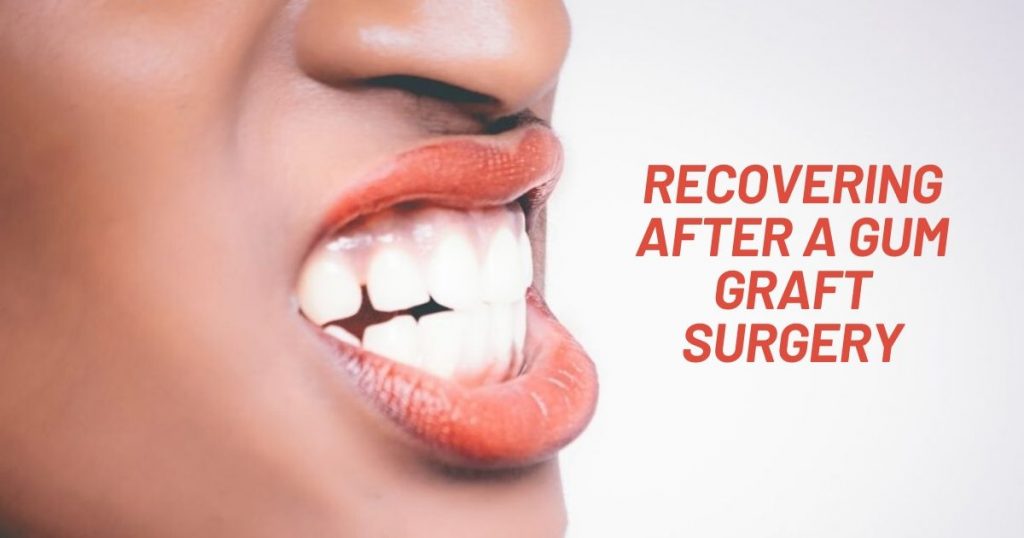Gum recession is a gradual process where the gum tissues that surround the teeth pull away from a tooth exposing the tooth greatly. Gum recession can root the exposed tooth and if left untreated it can lead to eventual tooth loss. One of the biggest signs for gum recession is that your tooth will appear longer than normal. If you have severe gum recession, your dentist will inform you that you require a gum graft surgery.
Gum graft which is also known as the gingival graft is a surgical procedure used to correct receding gums. In this procedure, the dentist will remove a piece of gum tissue from the roof of your mouth or from any other healthy gum sites and attach it to the place where your gums have worn off. A gum graft procedure is a relatively quick procedure and you can go home shortly after the procedure. The graft site will take about a few weeks to heal but you can resume your daily activities right from the next day.
Tips while recovering from Gum Graft Surgery
It is recommended to eat soft cold foods during the first few weeks after surgery to prevent any damage to the graft. It is not advised to consume any hot foods that can burn or irritate the graft. Some of the foods that you can have during your recovery period are listed below.
- Scrambled or soft boiled eggs
- Curd/Yoghurt
- Well cooked vegetables (until they’re soft and mushy)
- Paneer
- Ice Cream
Your dentist will also prescribe you with an anti-bacterial mouthwash for a few weeks to prevent an infection. It is not recommended to brush or floss in that area until your dentist instructs you to do so. Brushing or flossing in that area before it has healed can open the wound and cause an infection. Strenuous physical activities should be restricted until the graft has fully healed.
Hard brushing, hot foods, and hard foods should be avoided until the time the graft has completely taken up the gum.
